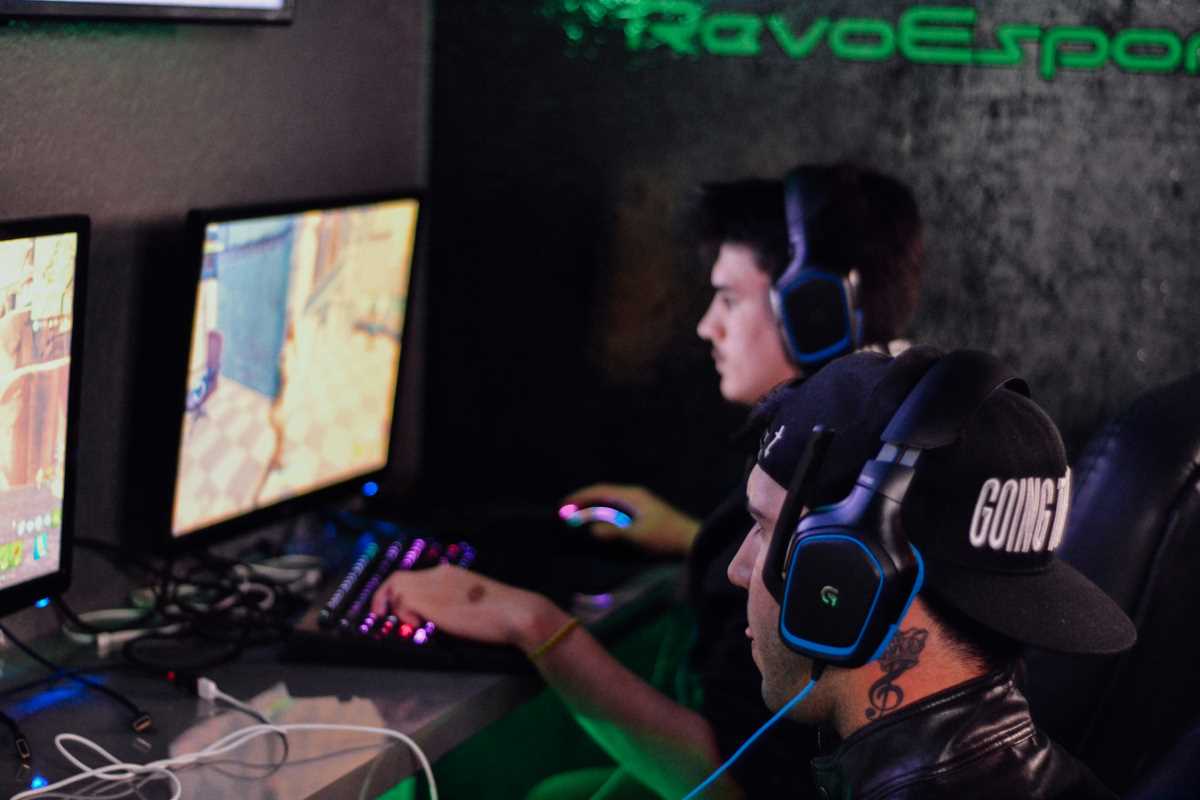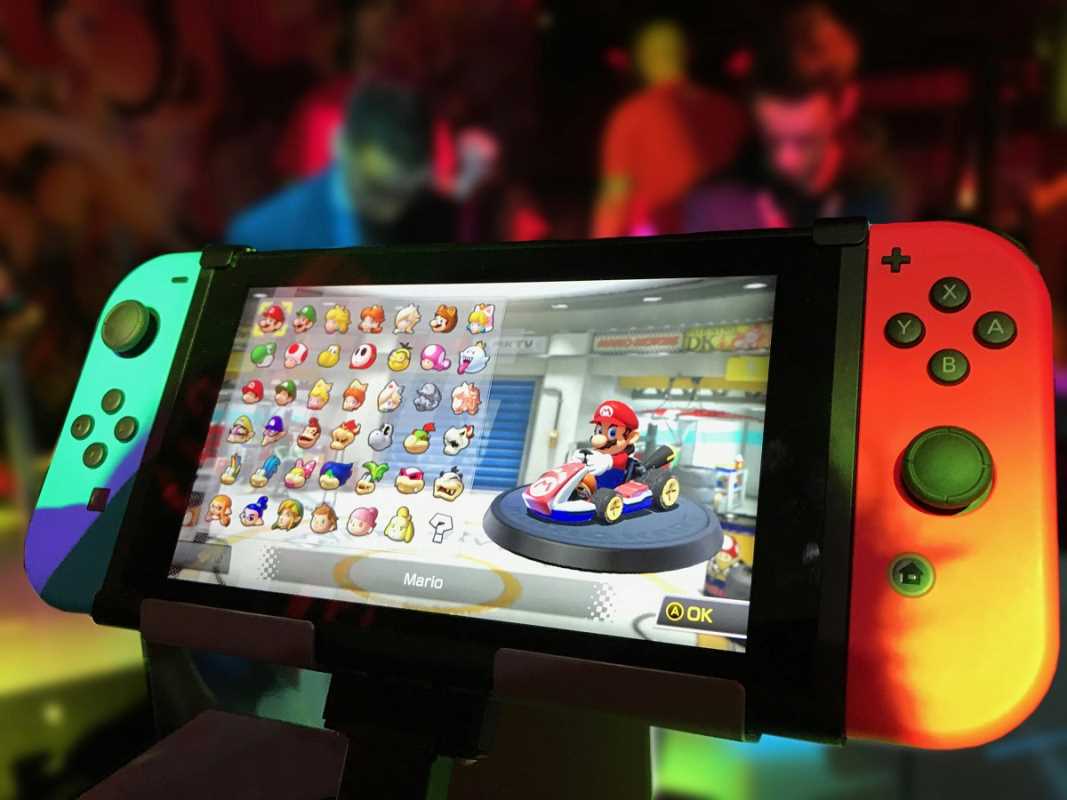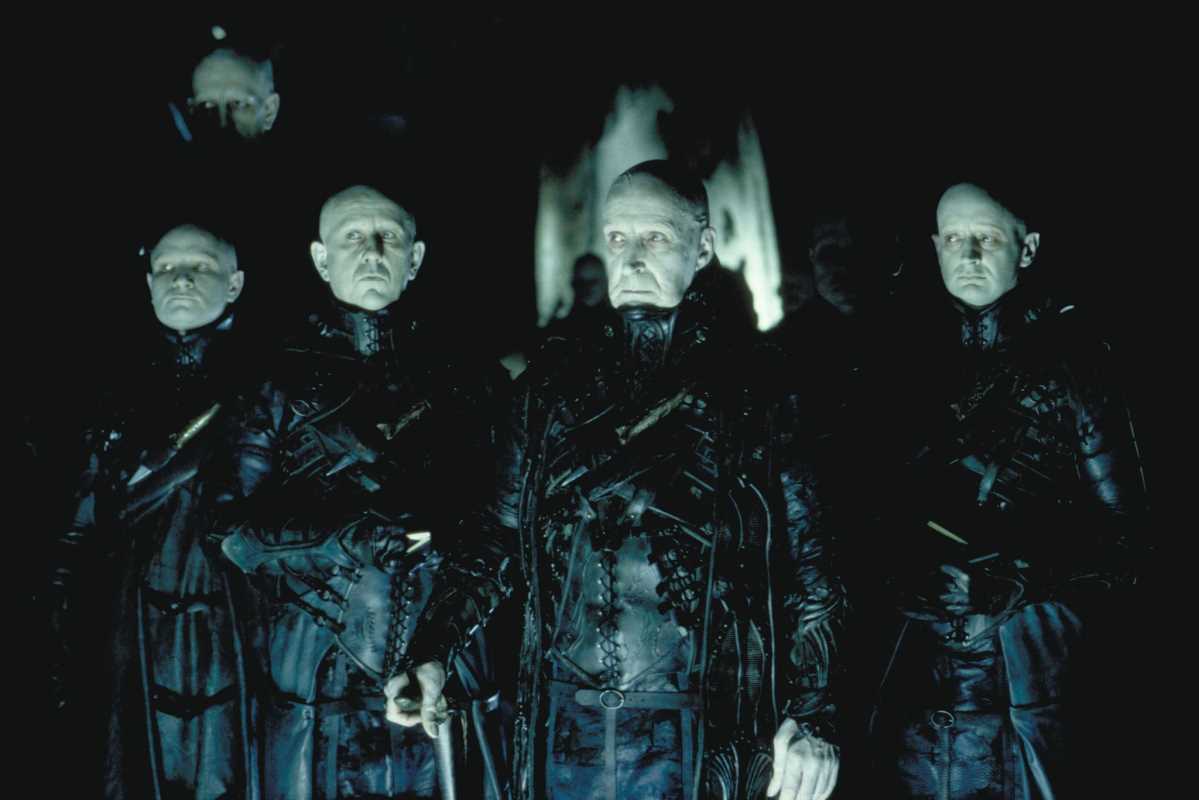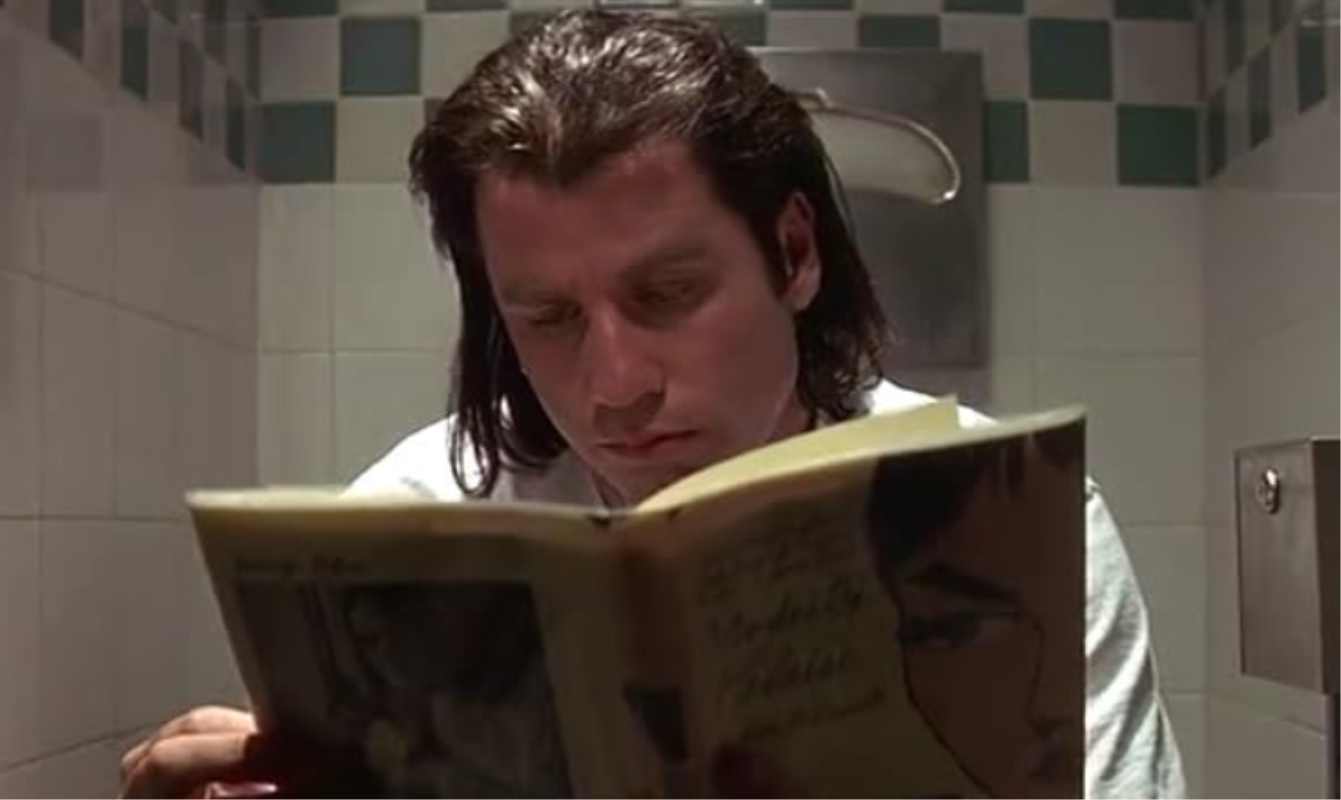Alright, so we need to talk about something important. No, not that indie movie no one watched or the “subtle genius” of a 10-minute tracking shot (though I’d love to). We’re talking memes. Those snarky little pieces of internet ephemera that somehow manage to capture the entirety of human emotion in a single image or phrase. They’re everywhere, and they’re not just for aimlessly scrolling through Instagram at 2 a.m. anymore. Meme culture is the undercurrent of digital conversations today. You can barely log onto social media, open a group chat, or even exist online without memes coming at you like pop-culture photon torpedoes.
Memes aren’t just jokes anymore. They’ve become one of the most impactful ways we communicate, share ideas, and connect. More than that, they shape the way we see the world. Feeling dramatic? Post a Succession reaction meme. Angry at the state of politics? Fire off some spicy Drakeposting. Want to bond with strangers online? Send a Shrek meme wrapped in layers of irony thicker than the Blade Runner 2049 visual metaphors.
But how, exactly, did memes grow from harmless jokes to the unifying language of the internet, capable of shifting entire conversations?
Memes Are the New Universal Language
You know how emojis became a global language? Memes have essentially done the same thing, but with an added dose of humor and cultural specificity. A well-crafted meme can say what a thousand-word essay can’t. Case in point? The legendary This Is Fine dog. You don’t need a single contextual clue to know what that poor, coffee-sipping pup is going through. It’s all of us, helplessly watching the world crumble around us with a polite, nervous smile.
Memes work because they’re simultaneously hyper-specific and universally relatable. Take something like Distracted Boyfriend. It’s just a simple stock photo of a guy looking at another woman while his girlfriend glares at him—but this one image has been repurposed thousands of times to comment on everything from relationships to corporate marketing strategies. It’s witty, flexible, and easy to understand no matter your background or location.
This relatability makes memes an incredibly powerful tool for communication. Forget flowery words or complex arguments; memes can boil a thought down to its simplest, most impactful form. That’s why you’ll find memes dominating on social media platforms, where brevity is king. And if we’re being honest, they’re the perfect antidote to the internet’s endless stream of painfully earnest thinkpieces.
Memes as Humor and Commentary
At their heart, memes are about making people laugh. But what makes meme humor so brilliant is that it isn’t just about being funny for funny’s sake. A lot of memes deliver razor-sharp commentary on the culture around us. They’re less “dad joke,” more “stand-up comedy on steroids.” Want to poke fun at toxic capitalism? An expertly-timed Succession quote can probably sum up your frustrations faster than a 10-tweet thread.
And then there’s meme absurdism, which deserves its own shoutout. Millennial and Gen Z humor can be downright chaotic (see: Steamed Hams or the resurgence of Shrek). But the surreal quality of a good absurd meme isn’t just nonsense; it reflects how disjointed and overwhelming modern life feels sometimes. It’s no coincidence that memes like Surprised Pikachu or Gru’s Plan catch fire when everyone collectively experiences another year of bad news headlines.
Political memes are another branch altogether, and they deserve their own dissertation. Whether you’re laughing over Mitt Romney’s infamous “binders full of women” moment or clicking through increasingly aggressive Bernie Sanders and his mittens posts (you know the ones), memes have evolved into a highly effective way to process complicated political events. And unlike traditional political commentary, memes are fast, accessible, and widely shareable.
Of course, humor isn’t their only strength. Memes also double as sharp cultural critique. The rise of NPC Wojak memes is the perfect example that highlights how people are boxed into specific roles or thought patterns in today’s algorithm-driven world. There's also the “me vs. society” template that manages to be both hilarious and depressingly accurate when pointing out societal norms.
The Role of Memes in Community Building
Ever feel like you “get” someone instantly when they send you the right meme? That’s no accident. Memes have created entire subcultures and digital communities built on shared references and inside jokes. From SpongeBob stans to niche horror movie memes, they connect us by offering an easy shorthand for “I think like you do.”
Facebook groups, Reddit forums, and TikTok trends often rely on this sense of shared identity. Love surreal millennial feelings? Join a BoJack Horseman sad meme group. Fan of slightly pretentious film analysis? Hit up A24-themed Instagram accounts. There’s even an entire subset of the internet devoted exclusively to hyper-niche humor, where you might see a random image of a raccoon captioned with “me returning to the workplace after losing the spark of life.” Hyperbolic? Yes. Accurate? Also yes.
Memes thrive because they exist both everywhere and somewhere. By that, I mean they’re universal enough to engage anyone but specific enough to say, “if you get it, you’re one of us.”
One of the most heartwarming aspects of meme culture is how quickly communities come together to create ongoing narratives. Remember Storm Area 51? What started as a joke on Facebook spiraled into a full-blown internet moment, proving once again that people can’t resist a good meme-fueled collective experience.
Memes’ Cultural Impact Goes Beyond the Internet
Memes aren’t just reshaping how we talk online; they impact how brands, creators, and even politicians reach their audiences. Remember when brands like Wendy’s entered the chat and started throwing savage comebacks like they studied under Roast Master Supreme? That’s direct proof of how meme-inspired humor is shaping public relations and marketing strategies.
But memes have also found their way into broader cultural movements. Look no further than the Black Lives Matter protests in 2020, where memes became a vital way to spread awareness, call out injustice, and mobilize action. The same goes for climate change activism, where memes strike a balance between humor and urgency to grab people’s attention.
Since memes are also incredibly easy to share, they’re a fantastic vessel for spreading new ideas in real-time, even beyond their original audience. They’re like tiny, playful Trojan horses sneaking challenging ideas into places they wouldn’t normally fit.
The thing about memes is that they live in the moment. They’re quick, reactive, and perfectly tailored for our era of split-second attention spans. While an iconic meme like Success Kid or Bad Luck Brian might pop up again every now and then, most memes burn fast and bright before being replaced by something fresher. That’s part of the magic.
And yet, their impact outlives their lifespan. Memes leave their mark on how we talk, joke, and even think. They tap into collective emotions in a way few other mediums can, bridging divides and inspiring conversations no matter how absurd or serious they might be.
Whether you’re dissecting Quentin Tarantino dialogue or just coping with another bad news cycle via a Crying Jordan meme, there’s no denying it. Meme culture defines how we’ve learned to laugh and connect digitally. It’s the shorthand we use to say, “You get it. I get it. We’re part of the same weird little internet universe.” And honestly, that’s something worth celebrating.







